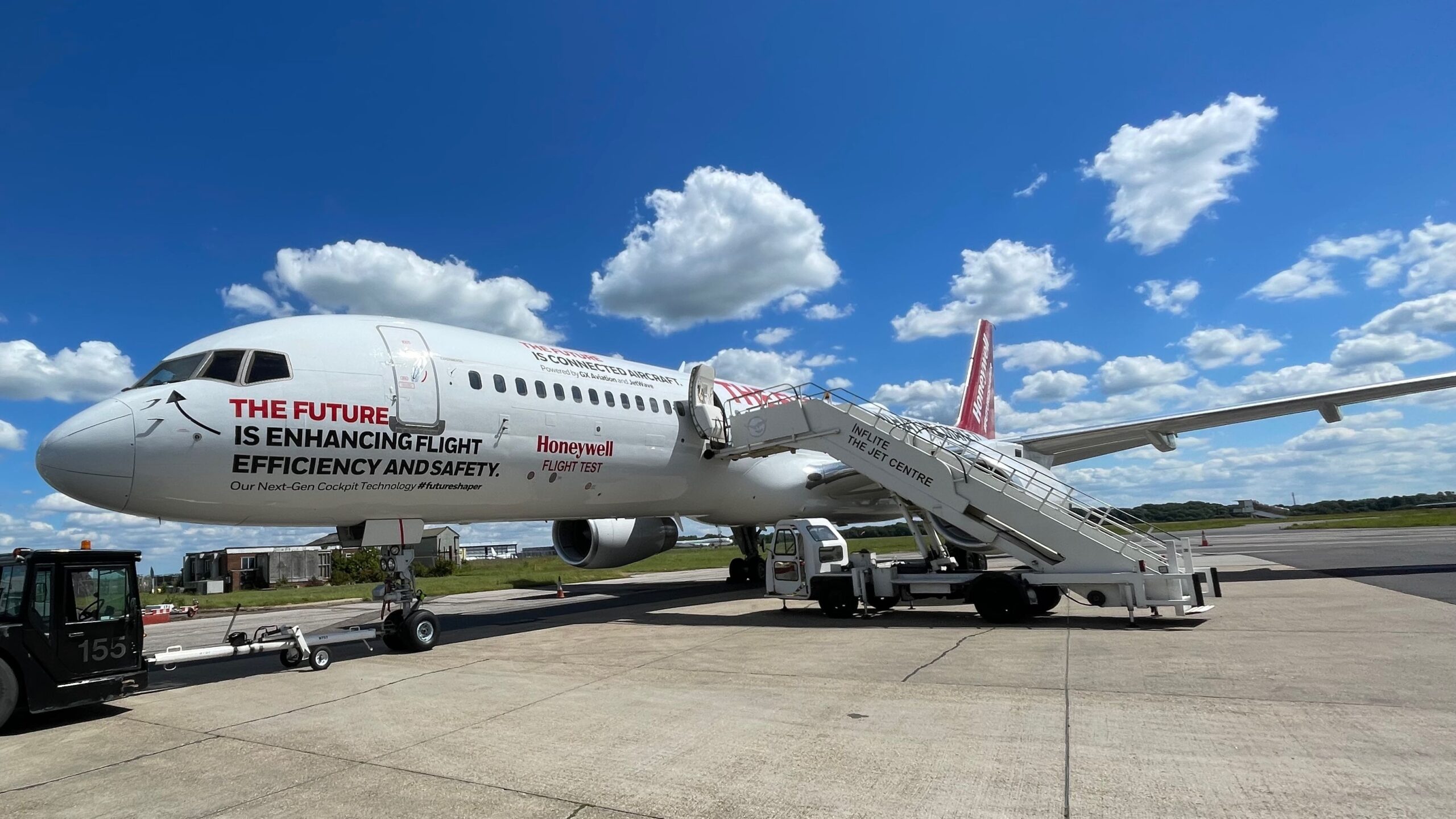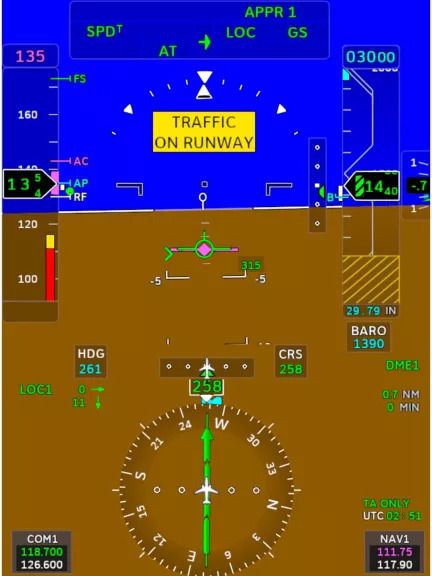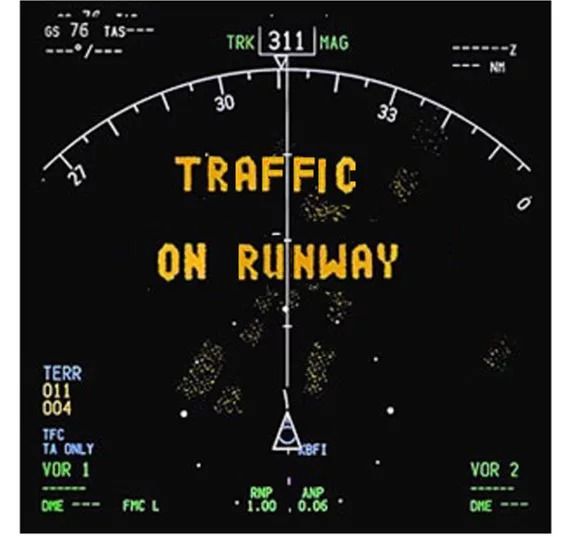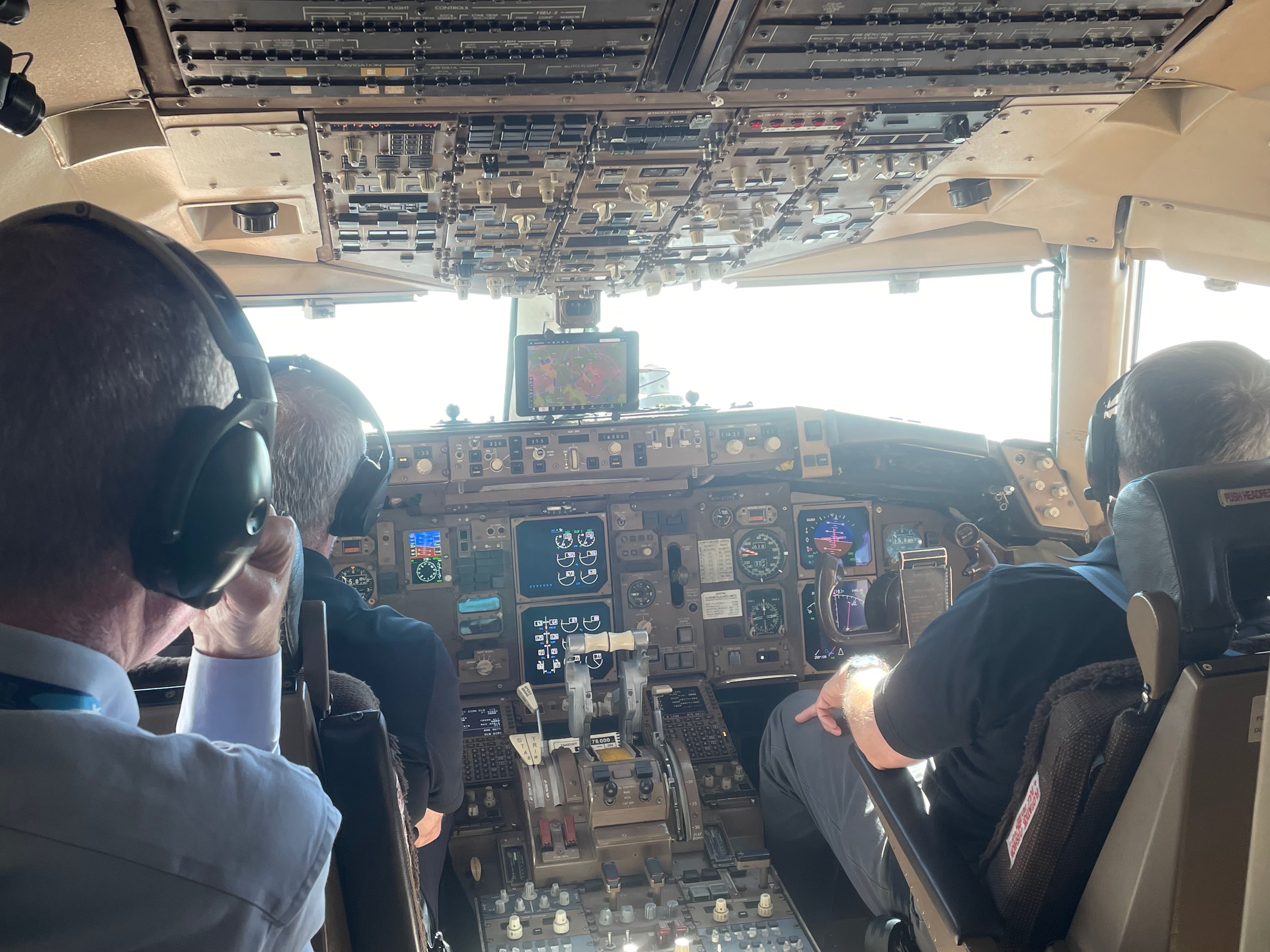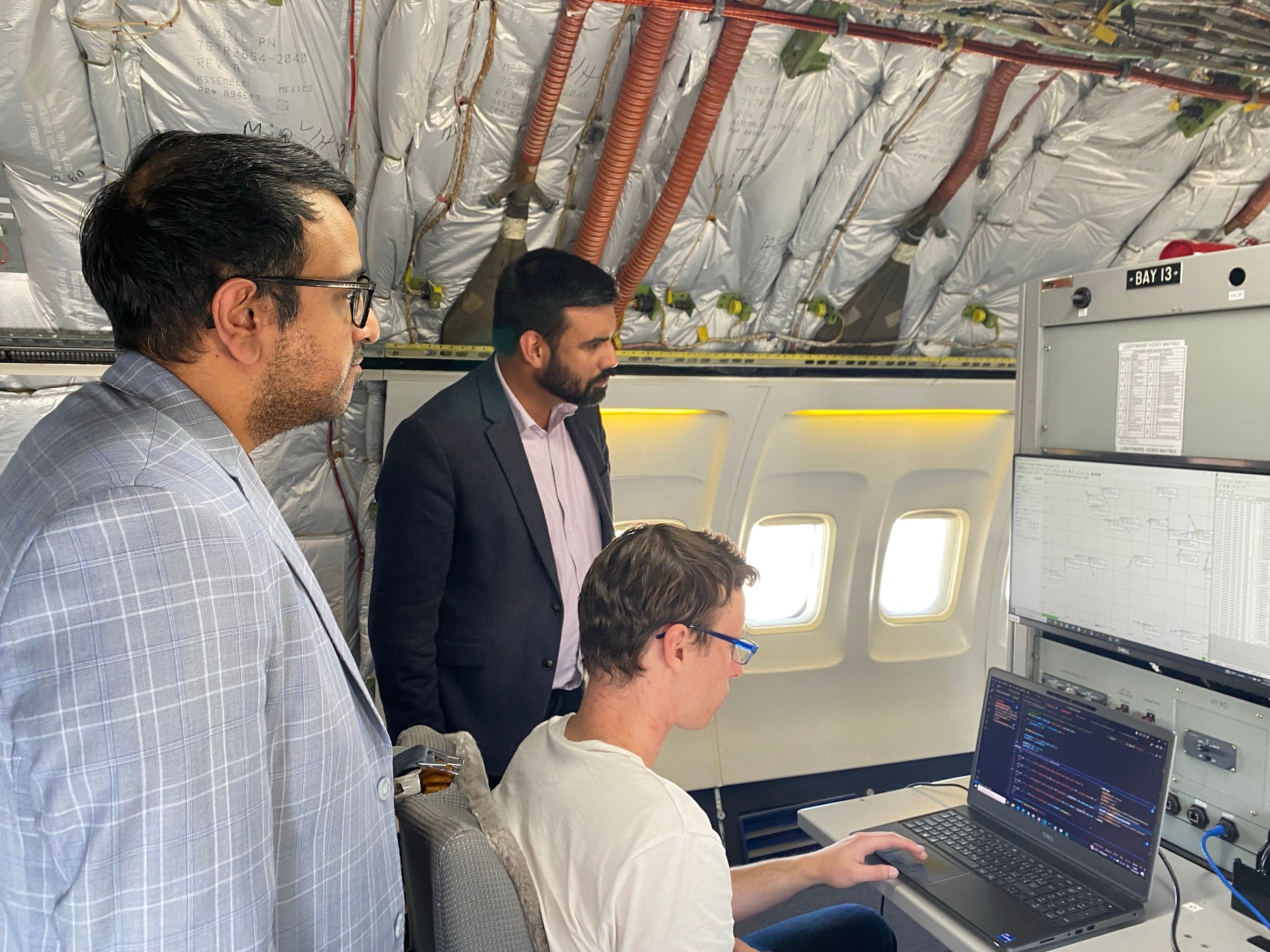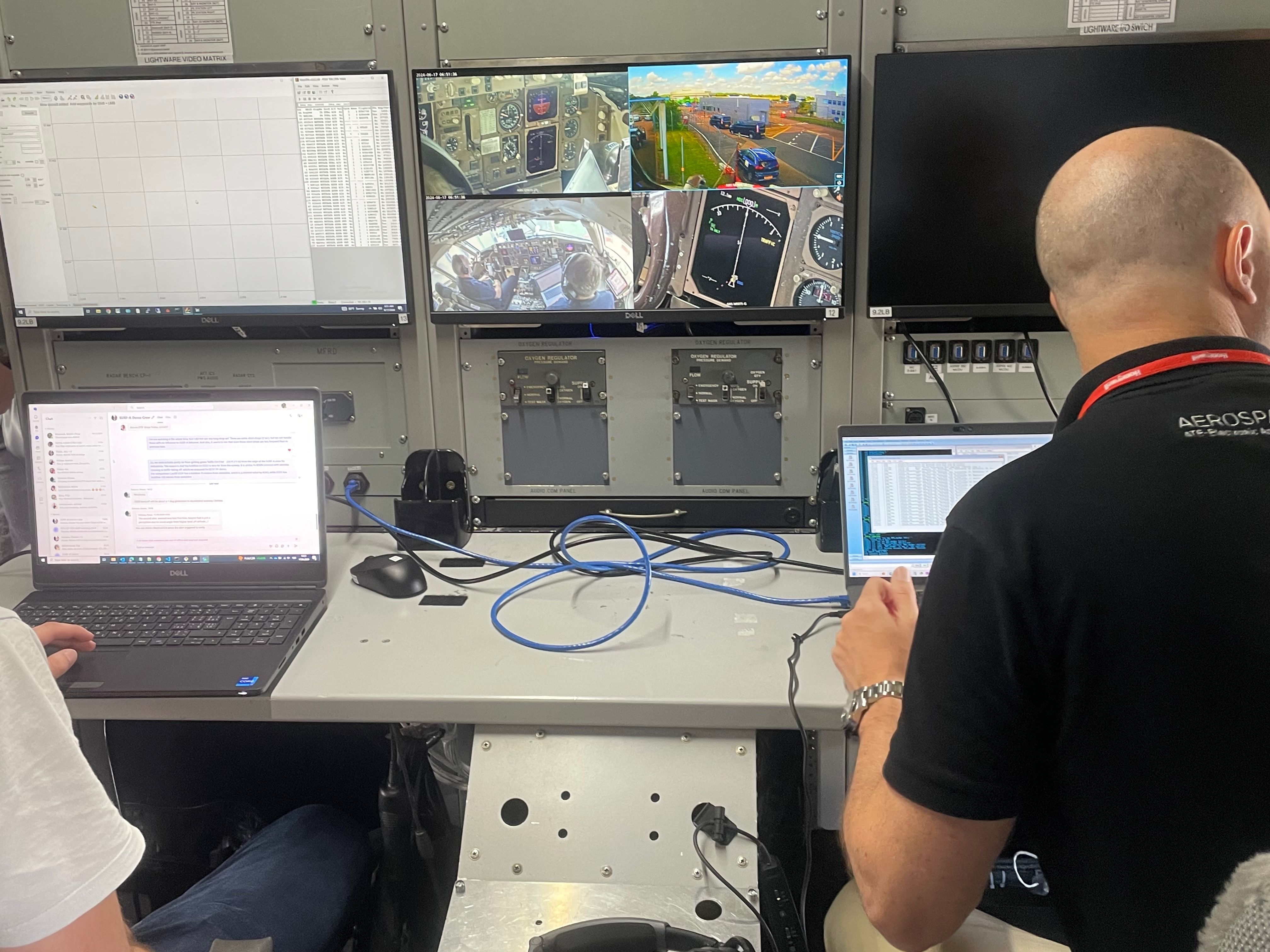Summary
- Honeywell’s SURF-A technology provides pilots with real-time alerts, enhancing runway safety and reducing risks associated with collisions.
- The technology acts as a “third set of eyes” for pilots to identify potential hazards within seconds.
- The Honeywell Boeing 757, used for testing, has been in service for over 40 years and is crucial in developing innovative aviation technology.
Simple Flying recently had the pleasure of flying from London Stansted to Cardiff Airport on a Honeywell Boeing 757. The narrowbody was performing a demonstration flight of technology that seeks to help pilots avoid collisions on airport runways.
Can never be too safe
Following this year’s Haneda Airport runway collision that saw a Japan Airlines Airbus A350 hit a Japan Coast Guard Dash 8, causing five fatalities and 18 injuries, runway safety is as crucial as ever. As such, Honeywell is keen to highlight the importance of implementing its software to assist pilots in spotting potential problems while operating at airports.
During the quick hop to the capital of Wales, we saw Honeywell’s Runway Surface Alert system, branded as SURF-A, in action. It was an intriguing experience listening in on the pilots’ communications and watching their responses after SURF-A alerted them and showed hazards on cockpit displays in real-time.
Standard flight deck notifications are not as sense-inducing as the alerts that SURF-A offers. Amid all the factors that pilots have to consider when taking off and landing, having a more alarming tool such as this would undoubtedly help prioritize actions.
Heightened senses
Honeywell bills SURF-A as a “third set of eyes” in the cockpit. Senior Technical Fellow at Honeywell Aerospace Technologies Thea Feyereisen noted that it will improve pilots’ awareness and reduce the risk associated with runway incursions. She emphasizes that airport operations are getting busier, and flight hours are rising, increasing the potential for incursions. As a result, safety advancements are a must.
Altogether, SURF-A gives crew alerts by utilizing “GPS data, automatic dependent surveillance-broadcast (ADS-B) equipment and advanced analytics to pinpoint the exact location of traffic hazard.”
Photo: Honeywell
Feyereisen said the following about the technology involved:
“Groundside systems alert the control tower, but they don’t warn pilots who are the last line of defense against runway incursions. In many cases, deadly accidents are avoided only through a pilot’s’ last-second heroics.
“SURF-A establishes the current location and movement of all ADS-B equipped traffic within the runway engagement zone and uses advanced algorithms to identify anything that could cause an incursion within the next 30 seconds. If that happens, the system alerts the pilots so they can take the appropriate action to avoid an accident. If everything is going well, the pilots won’t hear from the system.”
Photo: Honeywell
In practice
The visual and aural cues are as clear as day. While flying on registration N757HW, with call sign Honeywell757, the following scenarios were part of our demonstration flight:
- Traffic on runway: An Embraer aircraft (part of the demonstration) was on the runway as we approached.
- Caution, taxiway: Our aircraft was approaching to the left of the runway.
- Traffic on runway: An Embraer aircraft was on the runway as we began taking off.
Photo: Sumit Singh | Simple Flying
The pilots also demonstrated indicators related to flaps and low approaches. In each case, the crew adjusted their course swiftly following each indicator. All in all, the alerts are unmistakable.
Honeywell seeks certification for SURF-A to be available for retrofit in the next year and a half. The company is also working on SURF-IA, which stands for Situational Awareness on the Airport Surface with Indications and Alerts. This tool would offer more in-depth visual indicators, and the goal is to have it as a fit on future aircraft rather than being retrofitted like the SURF-A.
Photo: Honeywell
A trusted soldier
N757HW has been in the skies for over 40 years. It first entered service with Easter Air Lines in February 1983 before joining the UK’s Airtours International Airways in March 1995. The aircraft was then operated by MyTravel Airways in May 2002. Honeywell has been using it as a testbed since October 2005.
It’s been host to an array of testing projects over the years. It is fitted with numerous wireless and communications tools for monitoring and reporting purposes.
Only a handful of passenger seats are found on the aircraft. There is plenty of empty space apart from some workstations at the rear. As a result, the 757 is about 15,000 (6,803 kg) lighter than many of its counterparts.
Photo: Sumit Singh | Simple Flying

Related
A Look At Honeywell’s Bizarre Boeing 757 Flight Test Aircraft
The plane has been transformed into a sophisticated test aircraft capable of examining some of the most innovating products of aviation tech.
This aircraft is truly a legend, performing over 800 tests following its life as a commercial airliner. It will help another important piece of technology enter the market after SURF-A gets certified.

